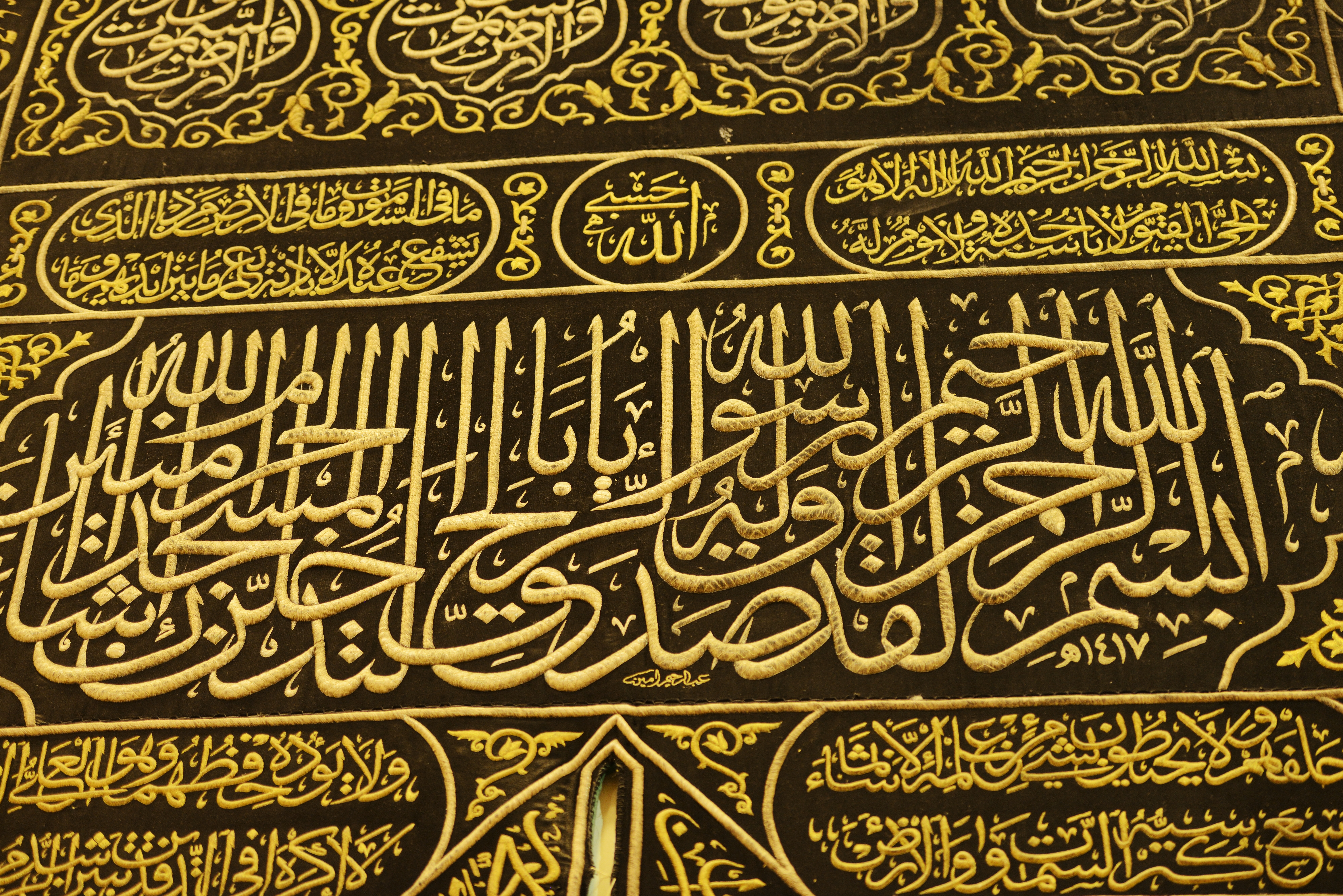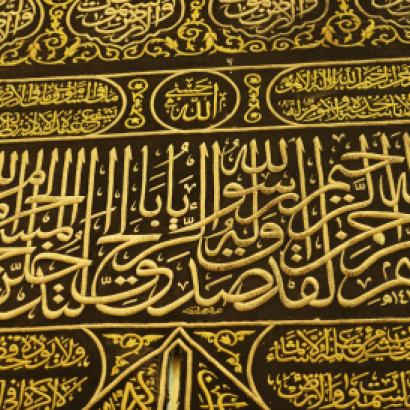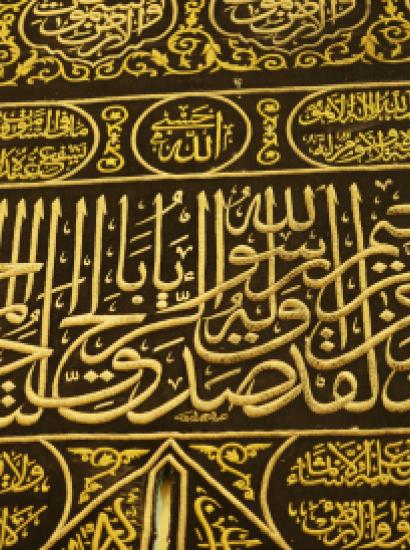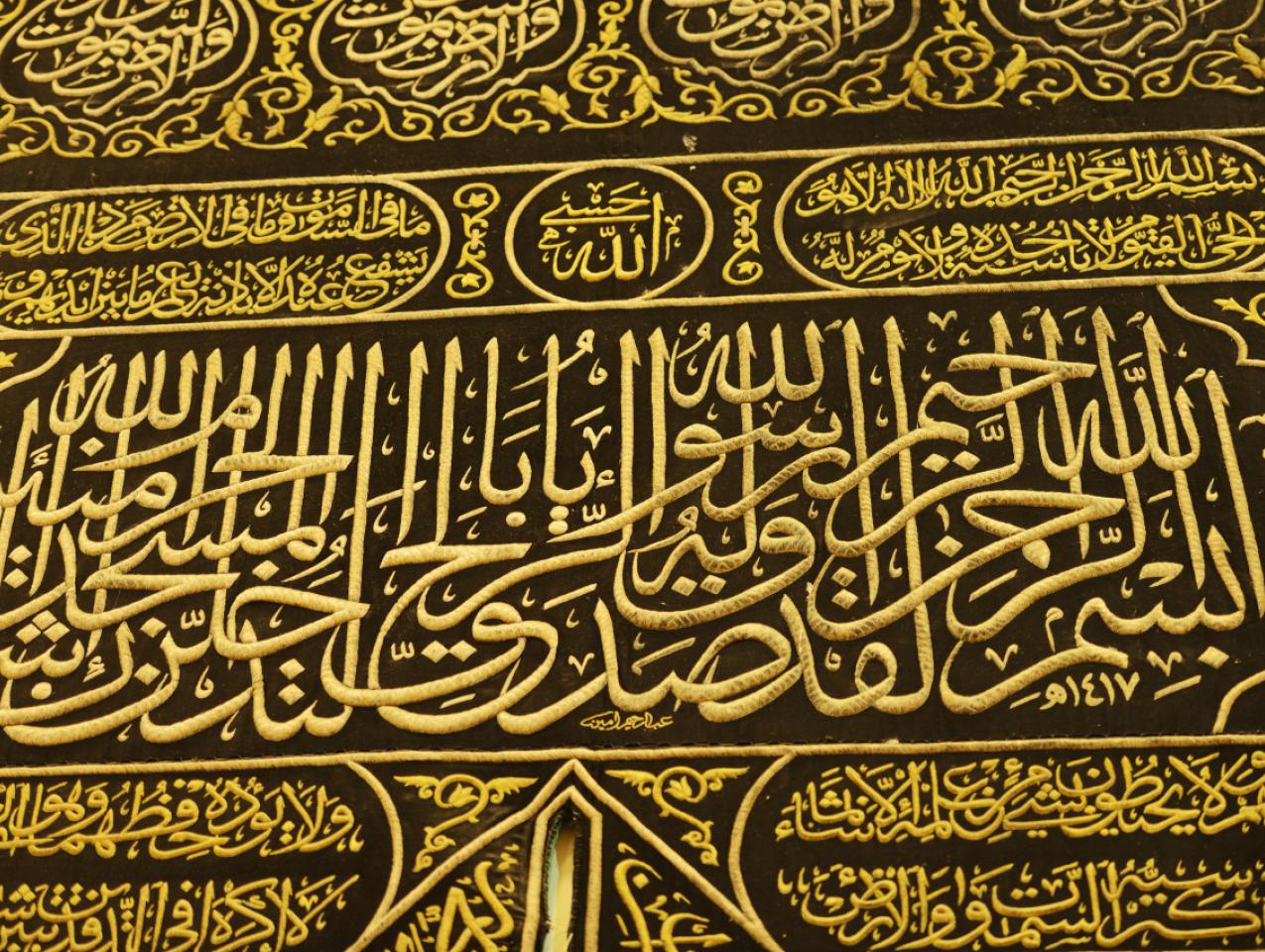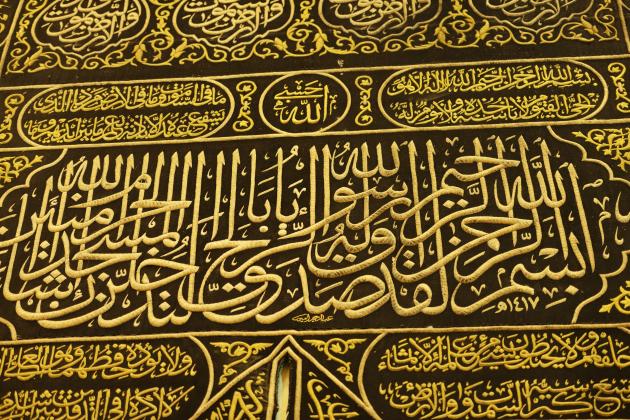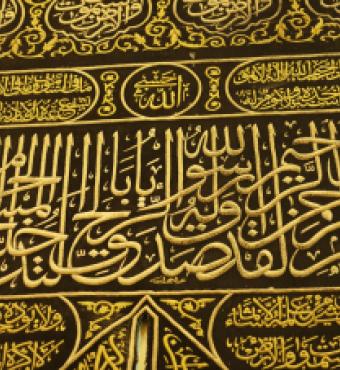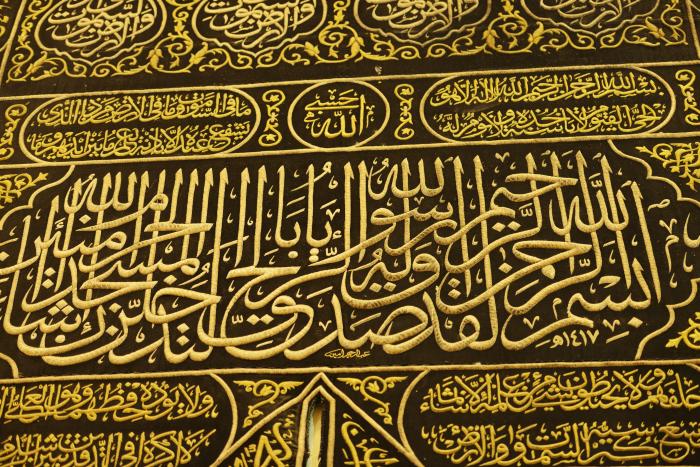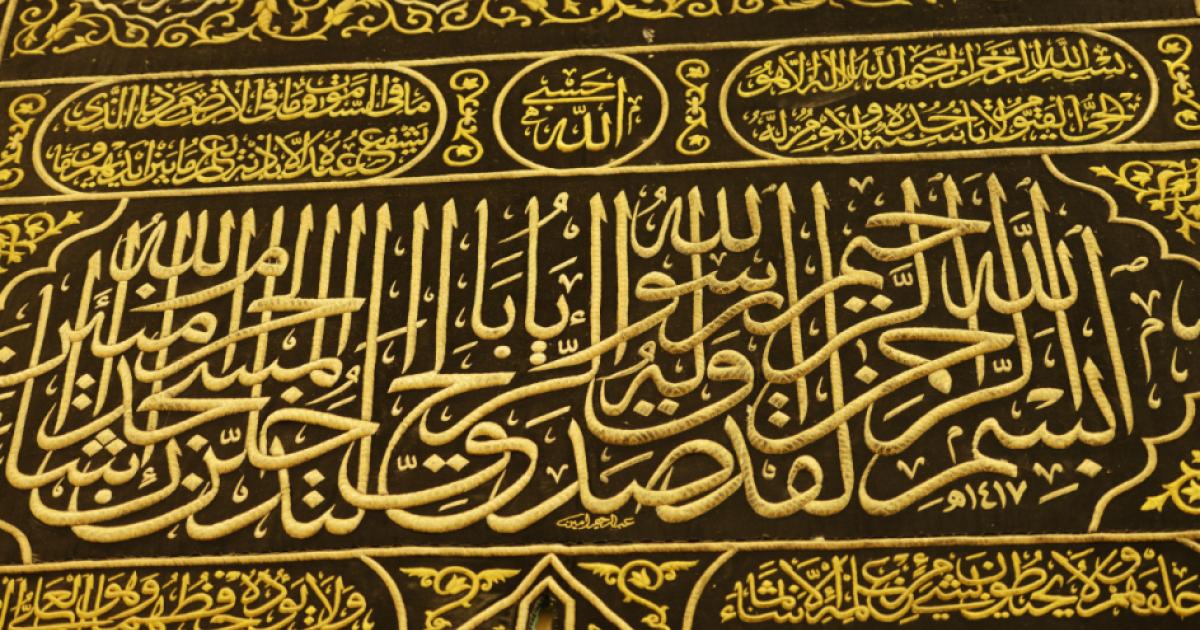The tight-lipped family oligarchy in Saudi Arabia headed by a geriatric and purportedly infirm monarch has no penchant for transparency. Despite the opacity, the transition from King Abdullah to King Salman has been accompanied by a perceptible shift in Saudi foreign policy. While the fundamental contours of the Kingdom’s regional posture remain much the same, the ascendance of King Salman to the throne last January signaled a more robust Saudi approach to countering Iranian regional subversion. From Yemen to Syria to Lebanon, Riyadh is now pursuing an agenda, which at times stands in stark opposition to the articulated regional policies of Washington.
Saudi Arabia’s more robust approach is a reaction to the Obama Administration’s diplomatic overtures to Tehran in the context of the nuclear agreement. More broadly, though, it represents pushback from Riyadh against what, during a January 2014 interview, The New Yorker Magazine said President Obama envisaged as a “new geopolitical equilibrium” in the Gulf. In that interview, the President described an “equilibrium developing between Sunni, or predominantly Sunni, Gulf states and Iran in which there’s competition, perhaps suspicion, but not an active or proxy warfare.”
Not surprisingly, the interview sparked concern in Saudi Arabia. But the signing of the nuclear Framework Agreement in April 2015 and the Joint Comprehensive Plan of Action in July 2015 confirmed Riyadh’s fears about an American realignment in the Gulf. The Saudis were especially concerned that the nuclear agreement would purchase Iran immunity from US reprisal for its regionally destabilizing behavior, which would be exacerbated by the release of over $100 billion in frozen funds. In the months since the JCPOA was signed, the distance between the US and Saudi has only increased as Washington has seemingly embraced Tehran—in Iraq and Syria—as a potential force for regional stability.
As Washington moved closer to détente with Tehran, Saudi Arabia has charted a new, more aggressive policy toward Iran. The first skirmish, just three months after King Salman’s coronation—and a month prior to the signing of the Framework agreement—was in Yemen. In March 2015, a coalition led by Saudi Arabia launched airstrikes targeting the Iran-backed, nominally Shiite Houthi rebels in Yemen, who a week earlier had sacked the provisional capital of Aden and drove Yemen President Abd Rabbo Mansour Hadi into exile.
It wasn’t the first time that the Saudis engaged in military operations against the Houthis; Saudi deployed troops to fight the Houthis in 2009-10, but withdrew after three months when casualties started to mount. This time, however, notwithstanding casualties, the high financial costs of the campaign, and severe international criticism over extensive collateral damage in Yemen, the Saudis have sustained operations for nearly a year.
Yemen has been the highest profile initiative in Riyadh’s more aggressive approach to Iran, but it’s not the only battleground. Saudi Arabia has been backing the Syrian rebels in their fight against the Iranian-backed Assad regime since 2011. This support has not waivered in the face of the September 2015 Russian military deployment, the reversal of momentum in favor of the regime, or the Obama Administration’s volte face on Assad’s continued rule in Syria. Indeed, Riyadh continues to provide materiel and political support to the rebels. And despite the Obama Administration’s recent move closer to the Russian/Iranian position on Syria—that Assad can stay in power indefinitely—King Salman continues to help the Sunni rebels.
Most recently, in January 2016 when Secretary of State Kerry threatened to cut aid to the Syrian opposition if they did not attend peace talks in Geneva—which the opposition feared would press an agenda focused on keeping Assad in power—Saudi Foreign Minister Adel al-Jubeir announced that Riyadh would “support the political process that will result in (Assad) leaving, or we will continue to support the Syrian opposition in order to remove him by force.”
On Lebanon, too, Saudi is demonstrating a reinvigorated interest in the proxy war against Iran. In the aftermath of the nuclear deal, Tehran has indicated that it will be increasing investment in Lebanon, a strategy some analysts believe is an initial attempt to supplant Saudi Arabia and Sunni Gulf influence in the small Mediterranean state. While Riyadh has traditionally supported Sunni elites in Lebanon such as the Hariris, lately, Saudi has emphasized ties with key Maronite Christian leaders, in particular Samir Geagea of the Lebanese Forces. Geagea’s latest political maneuverings, in particular his outreach to longtime rival Michel Aoun, appear designed to undermine Hezbollah’s alliance with the Free Patriotic Movement, Lebanon’s largest Christian party, politically weakening the Iranian-backed organization.
Beyond its unprecedented kinetic operations in Yemen and its creative new approach in Lebanon, the more aggressive Saudi approach can also be seen in its domestic decision making. One example is Riyadh’s decision to keep oil production high and oil prices low, a policy calculated to undermine the Iranian and Russian economies. No doubt, this policy poses significant challenges to the Kingdom itself, which is experiencing budget deficits and instituting subsidy cuts, but it also extracts a very high cost from Tehran and Moscow. Another example of this kind of bold thinking vis-à-vis Iran was Saudi’s decision this past January to execute Nimr al Nimr a prominent local Shiite cleric with ties to Iran. The killing of the cleric--just days before “implementation day,” the end of sanctions, and the release of more than $100 billion to Iran--was a clear message from Riyadh to Tehran that the Kingdom will take a proactive approach to its security.
These Saudi Arabian initiatives represent a divergence from the Obama Administration’s policies. To wit, the Administration has been extremely critical of Saudi’s air war in Yemen. Last year, an anonymous US official told The Los Angeles Times the campaign was a “disaster,” complaining that the Saudis didn’t have a “realistic endgame.” Likewise, Saudi’s recent Lebanon maneuvers have scuttled Washington’s hopes for the election of the pro-Assad politician Suleiman Franjieh, a development a senior Obama Administration official characterized as “another gradual step in the direction of better regional cooperation,” presumably with Iran. Washington was also critical of the Nimr al Nimr execution, a decision another anonymous senior official described as demonstrating “negligent disregard” for its provocative impact.
For the Obama Administration, Riyadh’s robust approach to Iran is problematic. For example, continued Saudi support for Syrian opposition groups could undermine the Administration’s attempts to coerce these organizations into accepting a ceasefire that leaves the Assad regime in place. More broadly speaking, though, the real concern with the new Saudi approach is that it represents a shift away from the traditionally close alliance with Washington. In the aftermath of the Syria chemical weapons red-line debacle, a move away from the 2015 commitment to remove Assad, and the nuclear deal with Iran, Riyadh has determined that Washington is no longer a reliable ally. Judging from these latest Saudi policy initiatives, it seems that Saudi has decided to go it alone, to pursue its interests without regard for the wishes of the US. While many believe Riyadh’s Yemen campaign and its oil policy are sowing the seeds of instability in the Kingdom, given the Administration’s track record containing Iran, for the foreseeable future, Saudi’s more activist approach is likely to endure.







